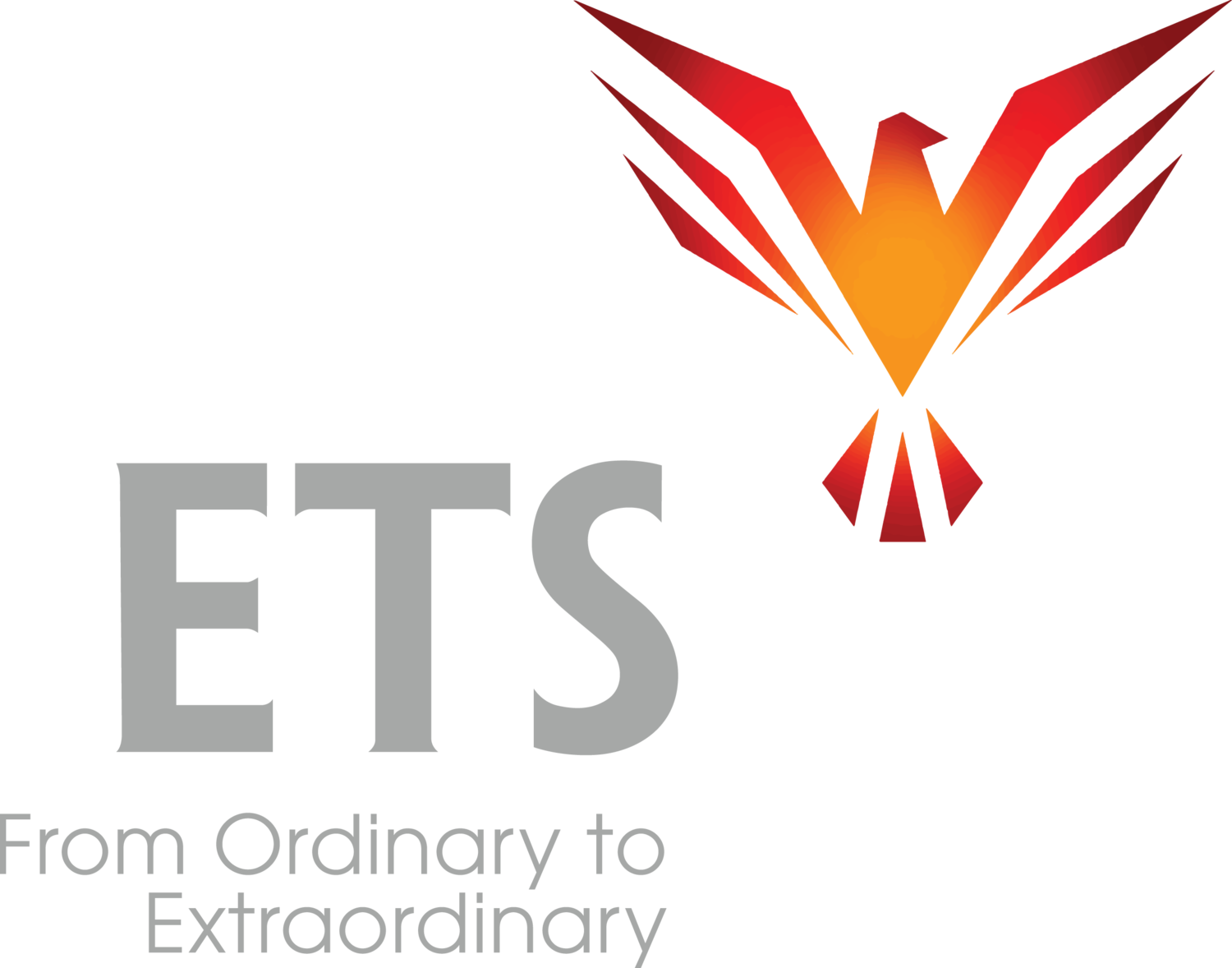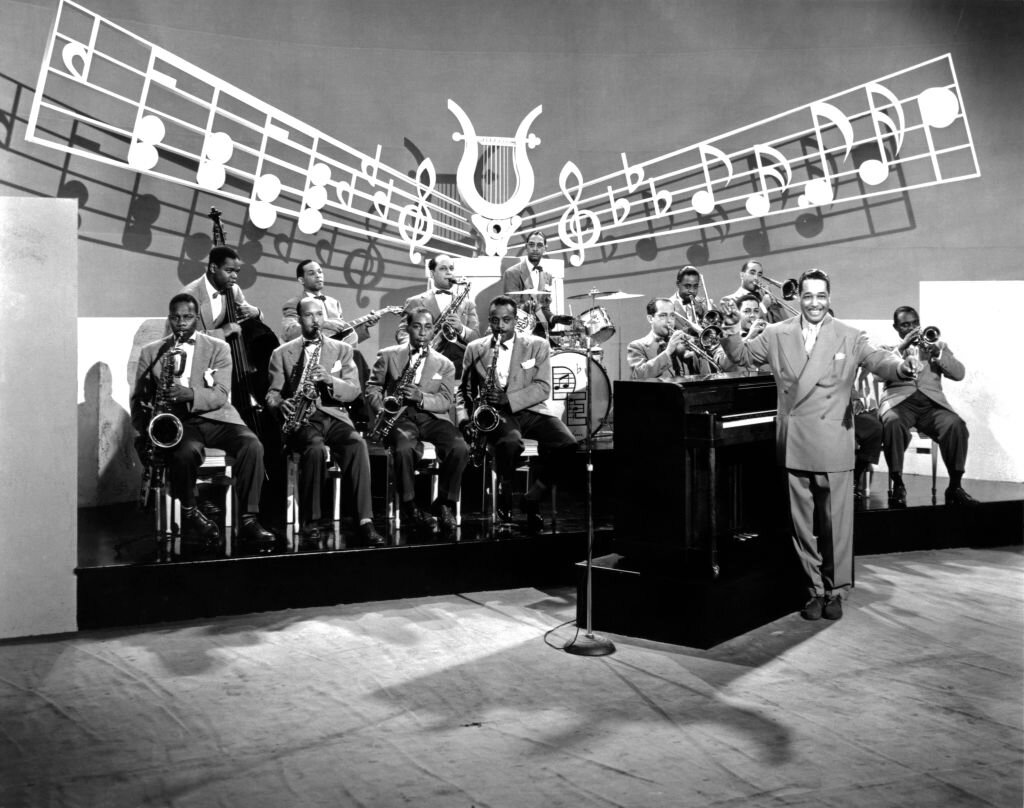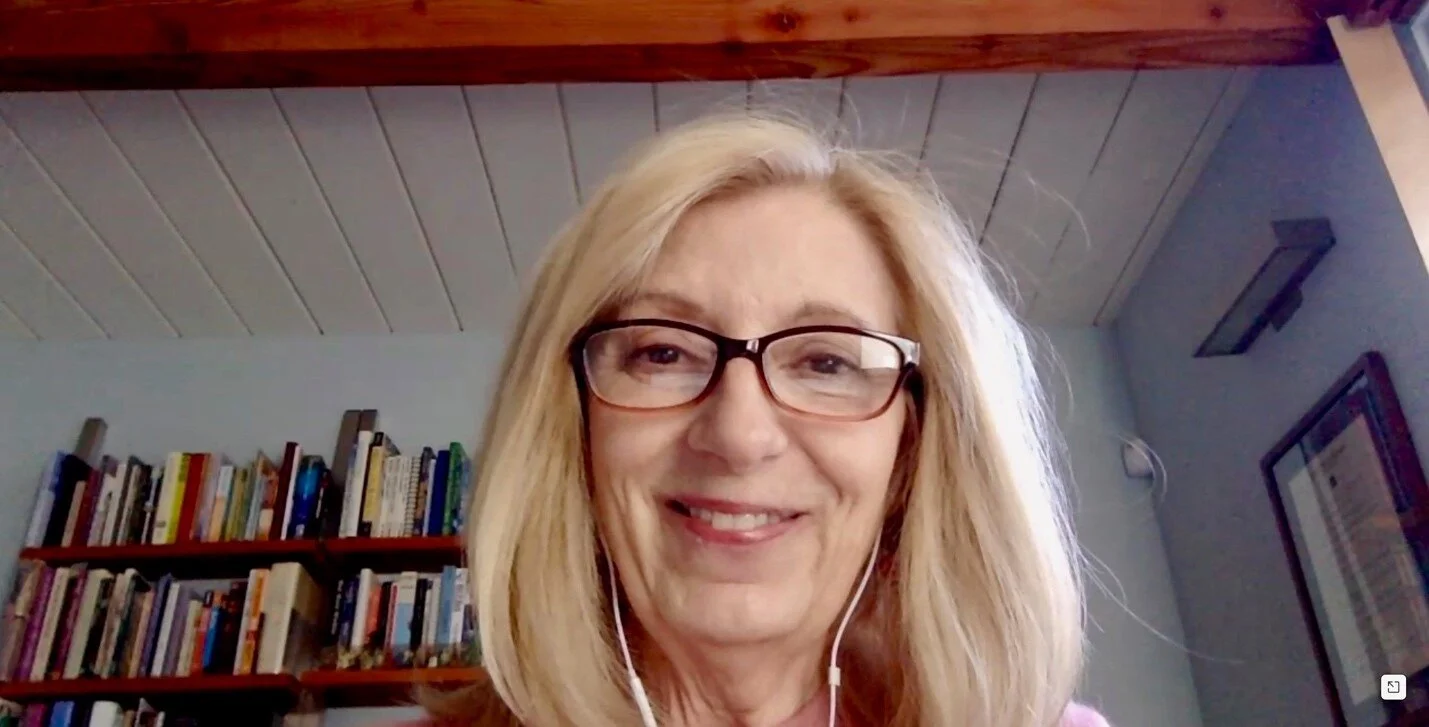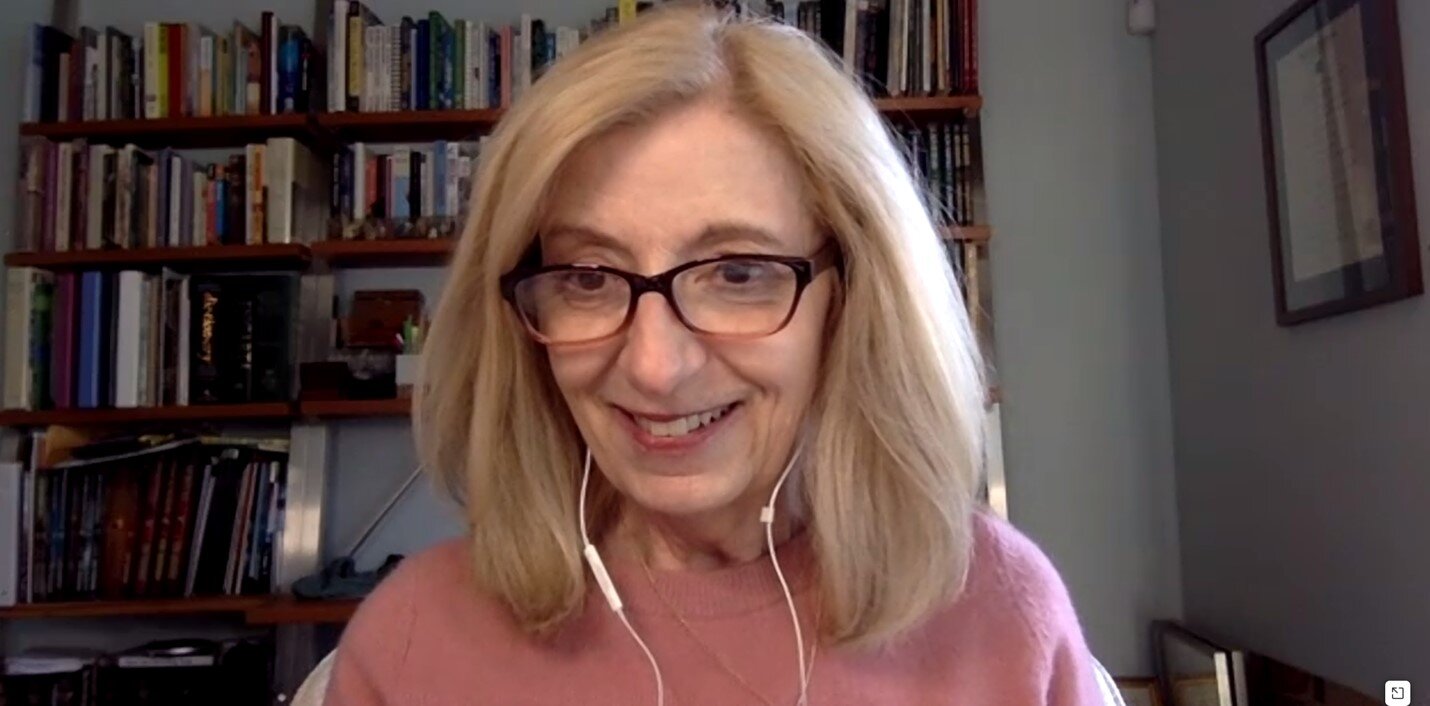22 pairs of arms folded in hostility and grim faces filled with resentment faced me, waiting for me to speak. And I didn’t even know their names yet.
I was helping a global organization implement our performance improvement program in 23 countries. I was in France. The 22 facing me were senior union leaders and representatives. They were fighting the program because they thought it threatened their power position within the organization.
Management was tired of dealing with them. They were just going to force the program in on the organization despite the defiance. My programs don’t work that way. So management sent me in to talk to them.
The 22 faces I was looking at made their position abundantly clear.
I don’t speak French and spoke through a translator. I looked directly at them one at a time and spoke slowly. I stopped frequently so the translator only translated a little at a time. It gave the 22 union leaders a moment to fully absorb each sentence. I watched their faces while the translator was speaking.
Last week, I wrote about the power two words have to transform. In this situation, two words would not have been enough. This article is about a time when a lot more words were needed.
Here’s what I said to this group:
“I know you hate this program. I can understand that. And I can understand why. You weren’t consulted and it’s being forced on you. It looks like just another program management devised for their own benefit, as a way to manipulate you and exploit the workforce and take advantage of you. You represent the workforce and your job is to protect them from anything devious such as this. Your job is to stop something like this from being forced on the workforce.”
“You don’t like me already. You’re pissed at management because they didn’t come themselves to talk to you, that they sent me. You’re pissed because I don’t even work for the company. I’m an outsider. You don’t like me because I’m American. It irritates you that I don’t speak French. You hate having to talk through a translator. You don’t like that I’ve never worked in a union, that I have no union experience. You think that makes me completely unqualified to talk to you. And you don’t like the fact that I’m a woman. You think I know nothing.
“You don’t want to hear what I have to say. You want to crush this program into oblivion. You just want me to take my stupid program, go back to America and leave you alone.
“I totally understand that.”
“And I totally understand why you feel that way.”
“It makes perfect sense to me.”
“I really get it.”
After I finished, there was a long moment of silence.
Then I repeated, “I totally get it.” Translator translated.
Silence. We watched each other.
They were very still.
I could tell something had changed. There was a different level of interest in their eyes. Suspicious, but less hostile.
If you’ve been reading my recent series of articles, you know that what I did was acknowledge them.
However, they hadn’t said anything yet. So how could I acknowledge them when they hadn’t yet spoken?
Simple.
They were speaking to me with their eyes, their faces, their posture. I’m not stupid. I knew what they were saying with their eyes.
As I was speaking and seeing the change in their eyes, I could see I was right.
Then I said:
“I’m not here to sell you on the program. I’m not here to make you do it. I’m here to understand what’s important to you and to give you as much information as you would like so you can decide whether or not you want to do it. I’ve already made it clear to management that I refuse to implement it unless you really want it. It will be your decision. Management doesn’t agree with me, but they actually can’t do anything about that because they can’t make me do it.”
They looked at me a little puzzled. There was change happening.
Then I said, “I want to hear all about it. Tell me everything you think.”
One at a time they started talking. At the beginning, each one was absolutely filled with bitter resentment. There was a good bit of yelling. I listened for probably two hours.
Each time one person finished talking I let them know that, of course, I could totally see why they felt that way.
It was true. I could easily take their point of view and see it. I would have hated me too.
If you’re unable to see it from the other person’s point of view, you will never be able to communicate with them. It’s required in communication.
It’s not required that you agree with them, but it is required that you see life from their point of view. That you see it as if you were them.
The mood changed as they talked. At one point someone cracked a joke and we all laughed. It got friendlier.
I kept asking them if there was more they wanted to say until I could tell they were really satisfied they’d said everything. It was time for lunch.
It was surprising to me that they invited me to join them for lunch. That hadn’t been planned. And then they were very solicitous and concerned about making sure I liked my lunch, almost like I was a treasured guest, the way they took care of me while we were eating, making sure I got enough to eat, making sure I enjoyed my lunch, asking me what I was planning to sightsee while I was in France. It was surreal. I felt like I was visiting friends.
Then we got back to the meeting.
I asked if there was anything else they wanted to say and they thought about it and said they felt that they had really said everything and that I understood. They said they wanted to hear what I had to say about it.
Their faces were receptive and friendly. So I told them about the program. They frequently interrupted me. I welcomed each interruption and invited more. And I kept letting them know I could really understand their point of view. It really isn’t hard once you understand.
This went on all afternoon. I told them that was enough for one day and we would resume in the morning. They could think about it, talk about it with each other in the morning and I would come back to discuss it further with them in the afternoon. Then they would make their decision.
They said, “Fine.”
Then they all wanted to know what I planned to do for dinner. They got into a heated debate about which restaurant I should go to, all made different and passionate recommendations, a couple of them invited me to their houses, I felt like a treasured guest. We said goodbye like friends.
The next day we went back-and-forth with ideas. We were having a real dialogue. They asked questions. They raised legitimate objections and I incorporated their concerns into how the program would roll out. There really didn’t seem to me to be any problem that we couldn’t solve. They were not presenting me with any demands that were unreasonable, they were all completely reasonable. They were most definitely listening to me. Treating me like an expert even. Warm eyes.
They started to tailor my program to what they wanted to get out of it and it took on a beautiful shape and life of its own that I could never have imagined before talking with them.
I actually fell in love with all of them. I have a beautiful photograph from that trip where we are all jammed together in the conference room and they are surrounding me with these gorgeous smiling faces and we all have our arms around each other. You could tell we were having fun.
So, they rolled out the program and, no surprise, their metrics were amazing. They owned it. With pride they beat every other country location other than Denmark. Then, on their own, they started rolling it out to other parts of the organization.
I do want to digress and tell you, that at the beginning, when they were all yelling at me, I thought it was absolutely fabulous to be yelled at in passionate French. I quite liked it. There’s something about that language that is extraordinary.
Sometimes an acknowledgement only needs to be two words: “I understand”. And sometimes it’s a WHOLE lot more and takes a whole lot more words to demonstrate you really do understand. It takes real perception, understanding and judgment to know the difference.
The look in their eyes is the only guide you’ll ever need. Their eyes will tell you whether your acknowledgement was good enough, or whether they need more.
But don’t ever forget – the words are superficial window dressing. What REALLY matters is that at that moment, you are filled with pure, genuine, 24-karat understanding in its purity. Don’t add anything to that. Just see the world exactly as if you WERE them.
We’ve focused a lot on listening. For this week, focus on acknowledging – really letting them know you understand and making sure they’re satisfied with your acknowledgement, that their eyes aren’t asking you for more.
Just be prepared for real magic when you do this. You might not believe your eyes at first. But keep going with it.
You will never be the same once you experience, for yourself, the power of truly acknowledging another human being.
Be the cause!





























